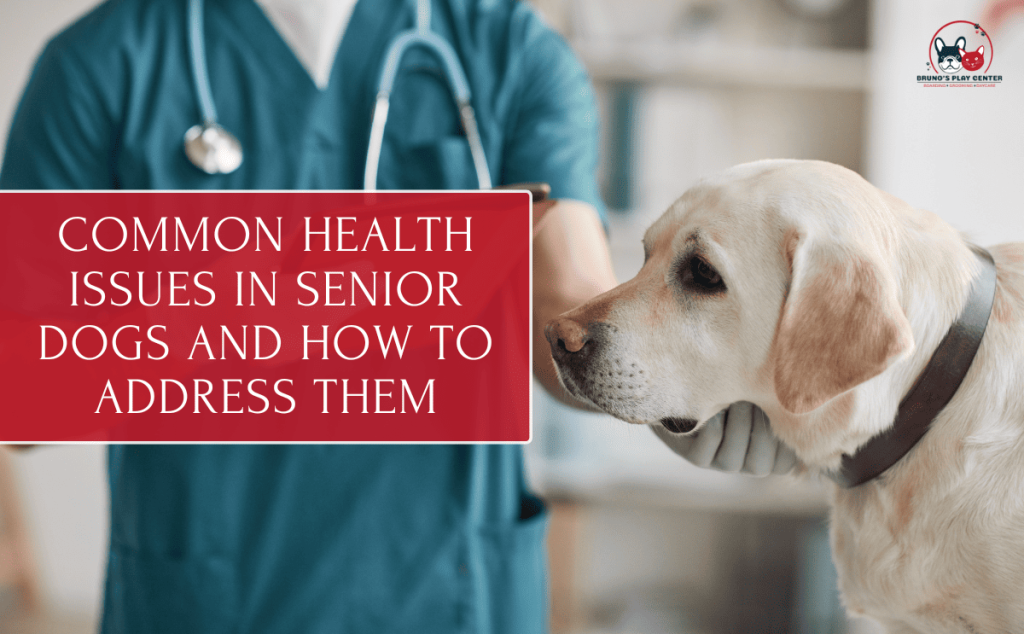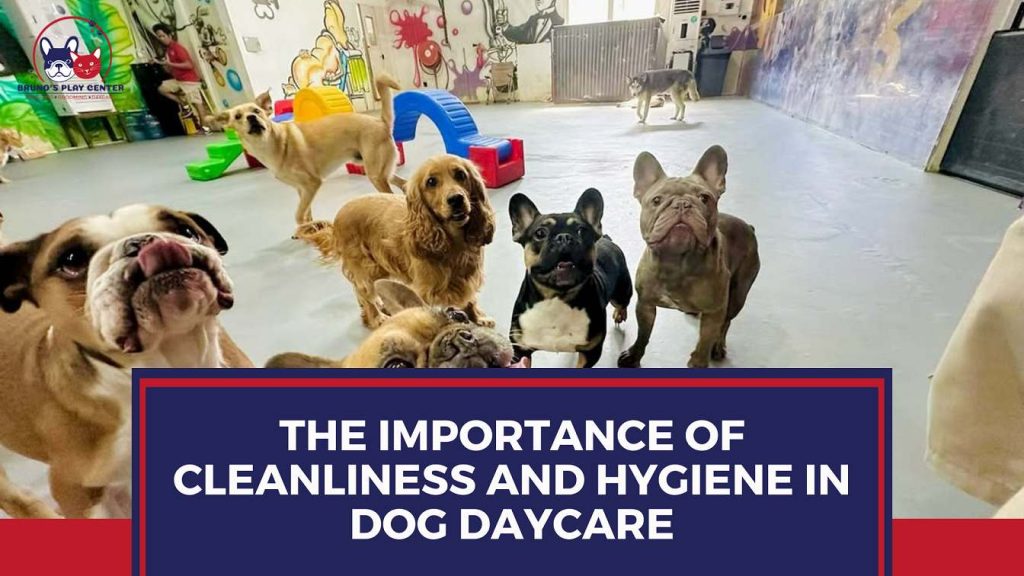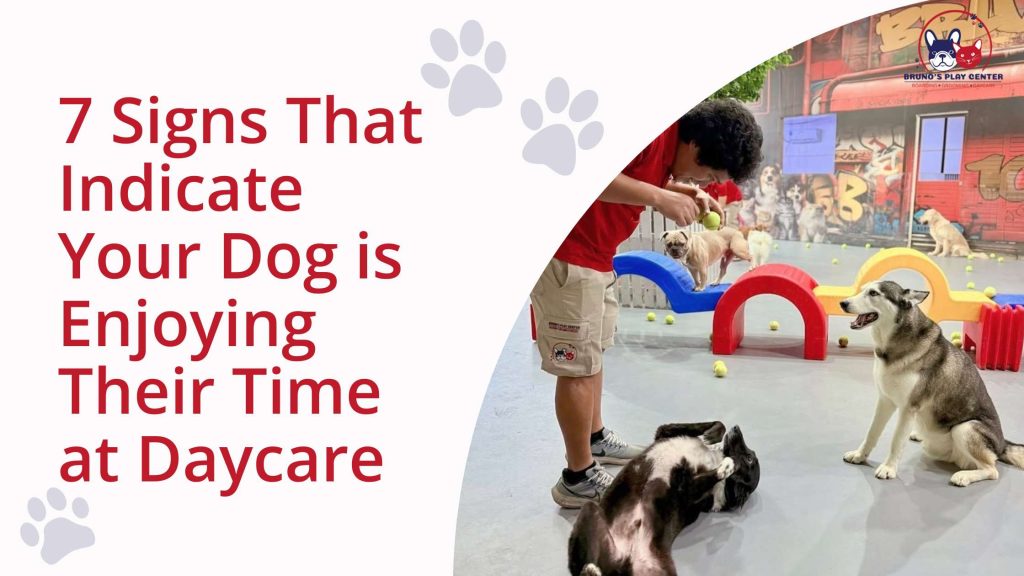Have you ever noticed your dog barking nonstop at strangers, backing away when another pup approaches, or shaking during a short walk? If yes so, your furry friend may be having trouble socializing.
Socialization is more than play; it makes your dog feel safe, confident, and adjust easily to various environments. Without it, even the kindest puppies can develop anxiety, aggression, or nervous tendencies.
That’s where having a simple dog socialization checklist becomes a game-changer. It helps you spot red flags early and gives you a roadmap to guide your dog toward becoming calmer and friendlier.
In this blog, we will break down 10 clear signs your dog lacks proper socialization and share proven, vet-approved ways to help them adapt better.
1. Your Dog Gets Overly Anxious Around New People
If your dog hides behind you, barks, or growls the moment a guest enters the house, then it is a pretty clear sign that they are not familiarized with meeting new people. Instead of being interested, they are kind of threatened.
Proven Way to Help: Start with small slow introductions. Let strangers toss a treat from a distance, and gradually reduce the gap. Pair new experiences with something positive, like play or snacks. Patience is everything here.
2. Avoids Interaction with Other Dogs
Dogs should get excited when they spot another puppy and not panic. If your dog always pulls away, growls, or freezes up, that indicates discomfort.
Proven Way to Help: Begin with calm, easy-going dogs in safe spaces. And honestly, a structured place like dog daycare in Dubai can be a lifesaver. They introduce dogs slowly and make sure it is done right.
3. Displays Aggressive Tendencies During Play
Does your pup guard toys, snap, or get way too rough? That is usually a socialization gap. Dogs learn proper play manners only by interacting with other dogs.
Proven Way to Help: Supervised group play is key. When trained handlers step in, your pup learns what’s okay and what’s too much.
4. Excessive Barking in Public Spaces
If your dog barks at literally everything: cars, people, random noises, it is usually fear, not just being protective.
Proven Way to Help: Desensitize them slowly. Start with calm walks in quiet areas, then gradually add a bit of noise and crowd. Always keep a gift on hand, because rewards make a huge difference.
5. Fear of Everyday Objects or Environments
Some dogs act like an umbrella is a monster. Or they completely freak out in elevators. It is not really the object; it is just that they have not seen it enough.
Proven Way to Help: Bring those things into their world gently. Place an umbrella on the floor, let your dog sniff it and reward him. Go slow; rushing will only backfire.
6. Overdependence on the Owner
If your pup literally won’t leave your side and panics when you step away, they are too dependent. Cute? Yes. Healthy? Not so much.
Proven Way to Help: Try mini alone times. Give them a puzzle feeder or toy and step away for a few minutes. Build it up slowly so they start enjoying me time.
7. Trouble with Basic Commands in Social Settings
Does your dog obey nail commands at home but completely ignore you at the park? That is because the outside world feels overwhelming.
Proven Way to Help: Train in distraction-filled environments. Start with sit and stay in a quiet street, then level up to busier spots. Don’t expect overnight miracles it takes repetition.
8. Extreme Nervousness During Travel or Vet Visits
If your dog shakes like crazy in the car or refuses to enter the clinic, they are stressed by the unfamiliar.
Proven Way to Help: Practice riding without a veterinarian. Just short car trips followed by treats or play. For vet visits, pop in without an appointment so they associate it with something positive too.
9. Limited Curiosity or Engagement
Instead of sniffing around and exploring, some dogs just… shut down. They avoid everything. That is a sign they are not feeling safe in new situations.
Proven Way to Help: Spice up your walks with new routes or interactive toys. Encourage small wins. Meeting calm dogs in controlled settings can also give them a little confidence boost.
10. Difficulty Relaxing in Group Settings
If your dog can’t settle at a dog-friendly café or park and looks stressed the whole time, it is a socialization gap showing up loud and clear.
Proven Way to Help: Don’t throw them into chaos right away. Start in quiet group spots, let them just observe, then slowly get closer. Reward calmness; it teaches them it is okay to just chill.
Why Socialization Matters
A well-socialized dog is not easy to manage; they are happier and way less stressed. Social dogs can handle new places, people, and situations without falling apart. That is why using a dog socialization checklist is so useful, it shows you what areas to work on and helps track progress.
Just for good measure, it is always nice to know that pet ownership in the UAE requires licensing and vaccination rules, so by working on socialization, you are also keeping them healthy and compliant with regulations like those from the UAE government’s Ministry of Climate Change and Environment.
And if you are wondering how to take the next step, check out this guide on how daycare can improve your dog’s socialization with structured play and safe exposure.
Conclusion
Every dog deserves to feel confident and safe, not scared of the world around them. If your pup shows some of these signs, don’t panic. It is pretty common, and with time and the right guidance, things can get so much better.
Use a dog socialization checklist to track progress, celebrate the small wins, and continue to build on your progress.
And if you’d rather get some extra help, book a session at Bruno’s Play Center, where supervised play helps dogs grow braver, friendlier, and honestly happier.




